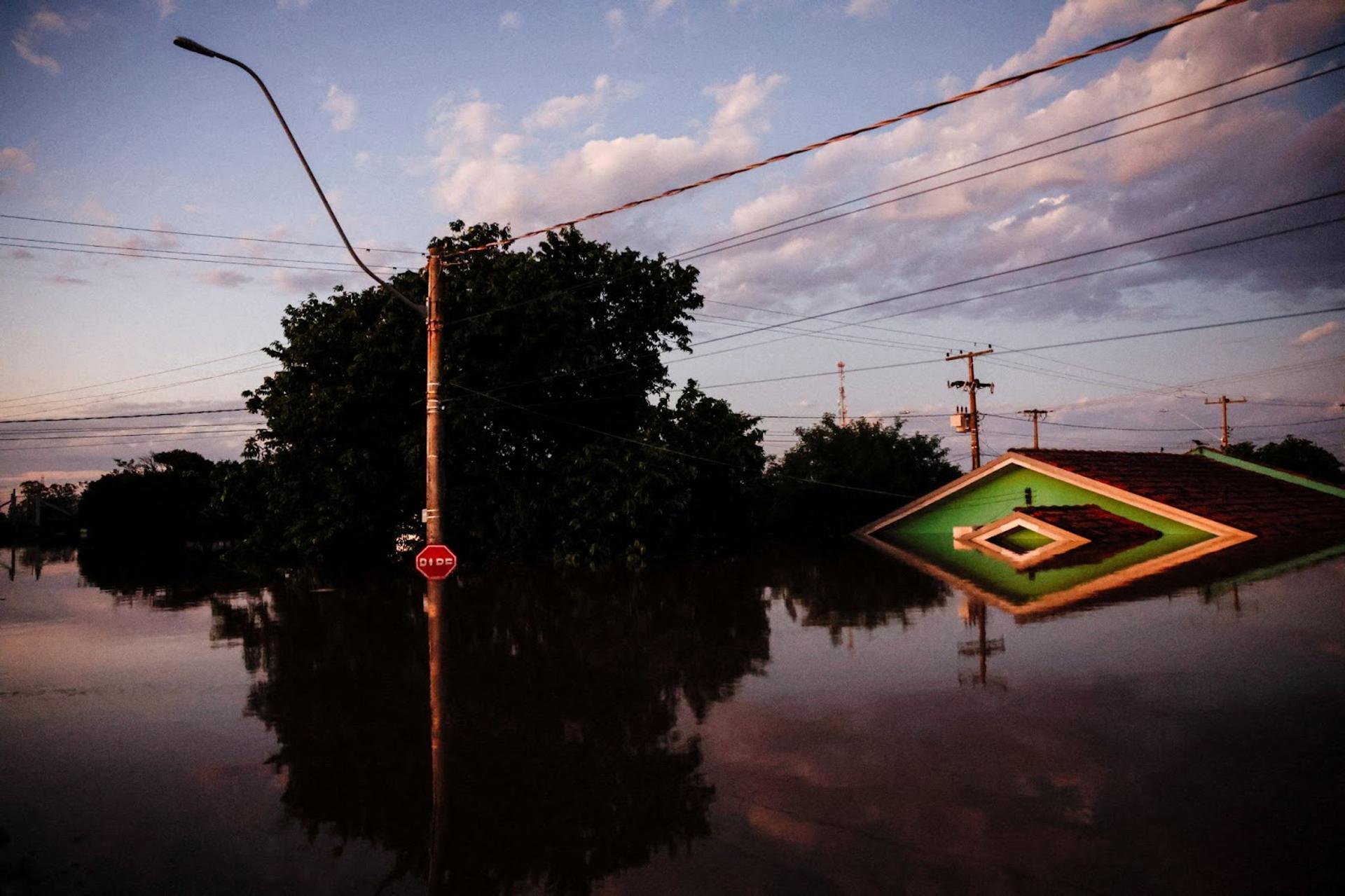The News
Uncontrolled wildfires are sweeping through California and the suburbs of Los Angeles while more than 20 other US states from Texas to Maine are bracing for their second wintry storm in as many weeks — both extreme weather events triggered by disturbances in the polar vortex.

Climate change is the major culprit, experts say: The majority of California’s most devastating wildfires occurred in the last ten years, as fire seasons become longer, more destructive, and more deadly. The ongoing Palisades fire is perhaps the most destructive in Los Angeles’ history. The Associated Press reported Wednesday that AccuWeather has estimated the initial damage to be around $55 billion.
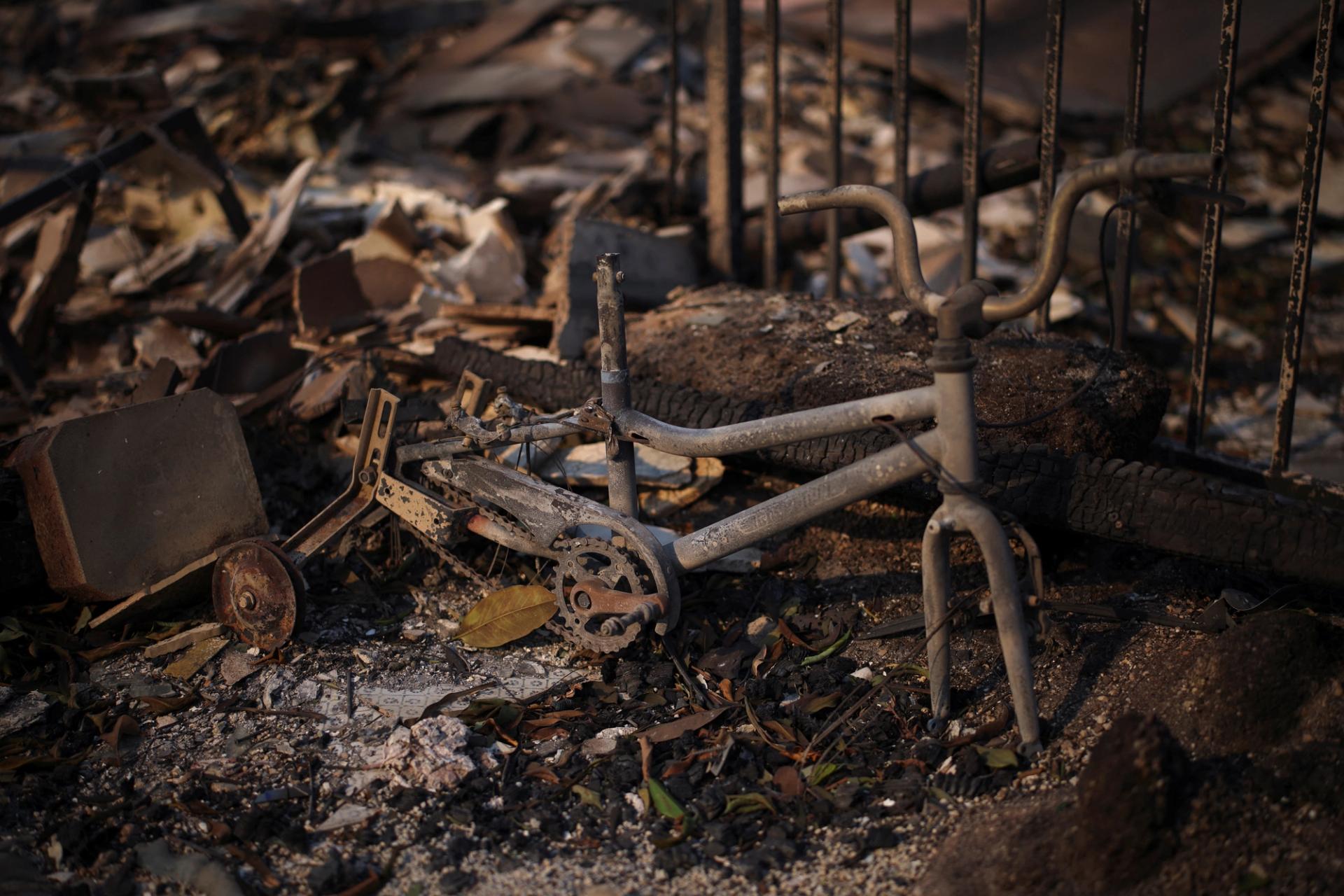
This year looks to follow the trend of 2024: The hottest year on record, the last twelve months have been marked by extreme weather and broken climate records around the world. And the costs are mounting.
Some 26.4 million people were displaced by weather-related disasters in 2023 alone, according to one estimate. The financial cost of some singular climate-related events in 2024, meanwhile, reached into the tens of billions, with both figures expected to rise in the coming years.
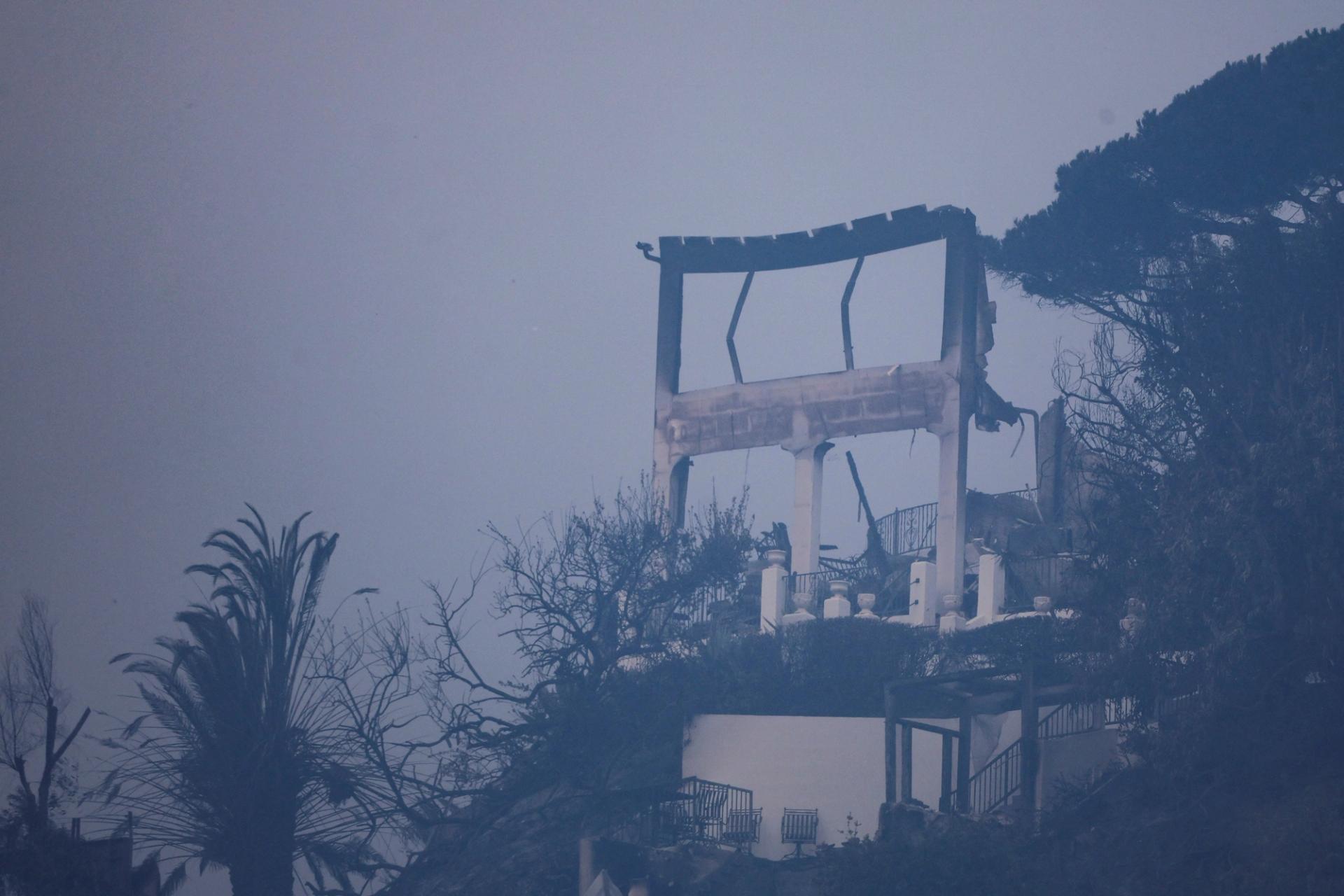
The View From The US
The US was hit with a record number of flood emergencies in 2024, as well as almost 40,000 fires, and several droughts across vast swaths of the country. In California alone, the number of days with a risk of “extreme autumn wildfires” has more than doubled since the early 1980s, researchers found.
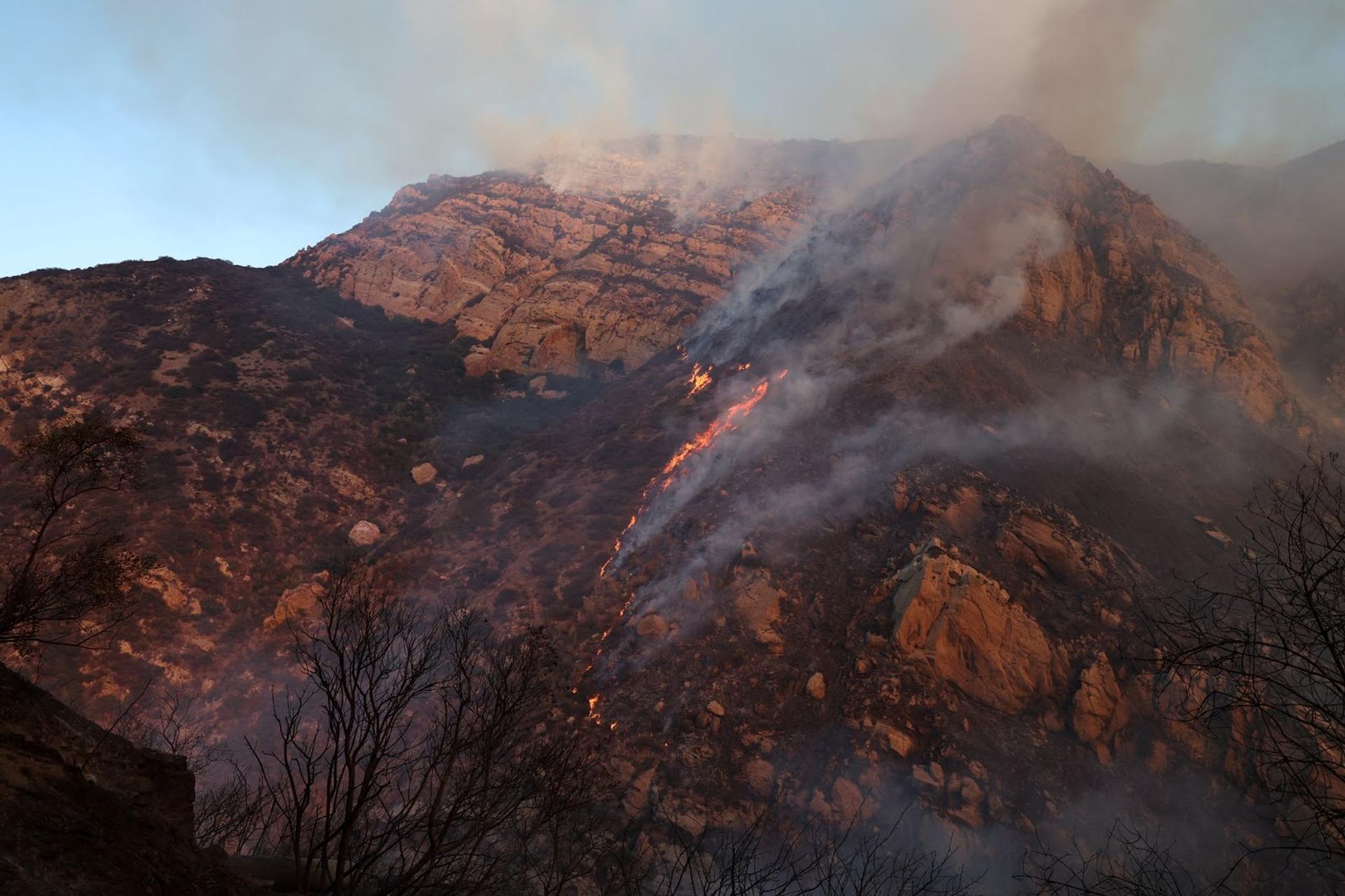
A single weather event — Hurricane Milton — produced one of the worst tornado outbreaks ever in Florida in October, with an estimated economic toll of between $160-180 billion dollars. The hurricane’s rainfall was up to 30% stronger due to climate change, one study found, with the weather system turbocharged by the record-high water temperatures in the Gulf of Mexico.

The View From Europe
Summer 2024 was Europe’s hottest on record, marked by heatwaves, droughts, and wildfires across the continent.
In Greece, wildfires broke out near Athens, forcing thousands from their homes. Greece has seen huge fires become an annual summer occurrence in recent years, and experts have warned the government needs to do more to prepare. One resident told Le Monde, “I’m afraid for the future. How can I live in a region threatened every summer by fires?”
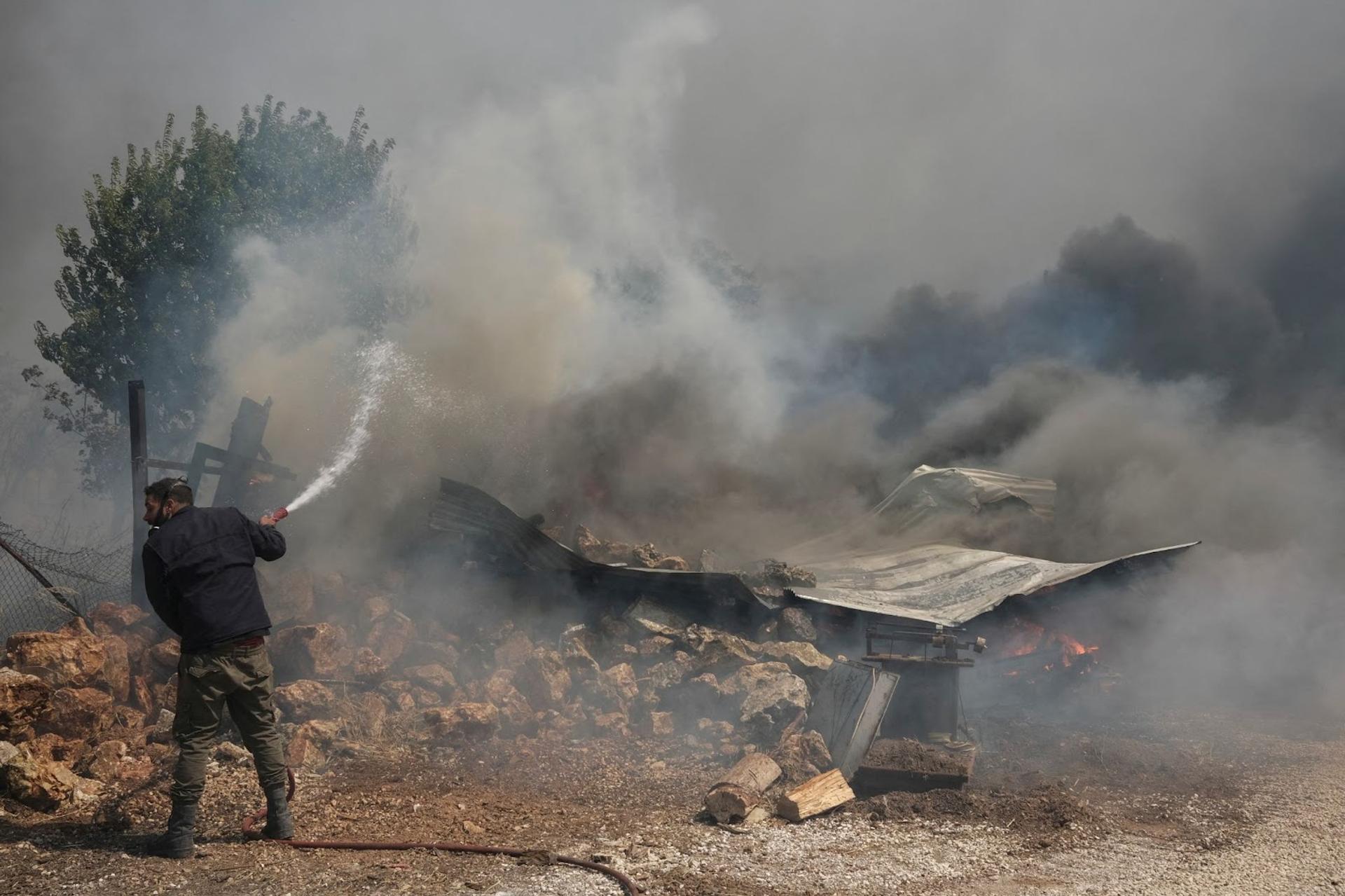
The political consequences of natural disasters were also felt in Spain, when a year’s worth of rainwater flooded some areas of Valencia within just hours in October. More than 200 people were killed, and the area remains in disarray. “We feel a bit abandoned — not by our fellow citizens, but by the authorities,” one resident told The Guardian.


The View From Africa
Climate change intensified many African countries’ 2024 rainy season, killing 1,500 people and displacing more than a million in West and Central Africa, according to UN estimates. Heavy flooding could become the “new normal” in Sudan, Nigeria, Niger, Cameroon, and Chad, one meteorologist said. As a whole, African countries are spending as much as 9% of their budgets dealing with extreme weather, the World Meteorological Organization found, and the continent is warming far faster than the global average.
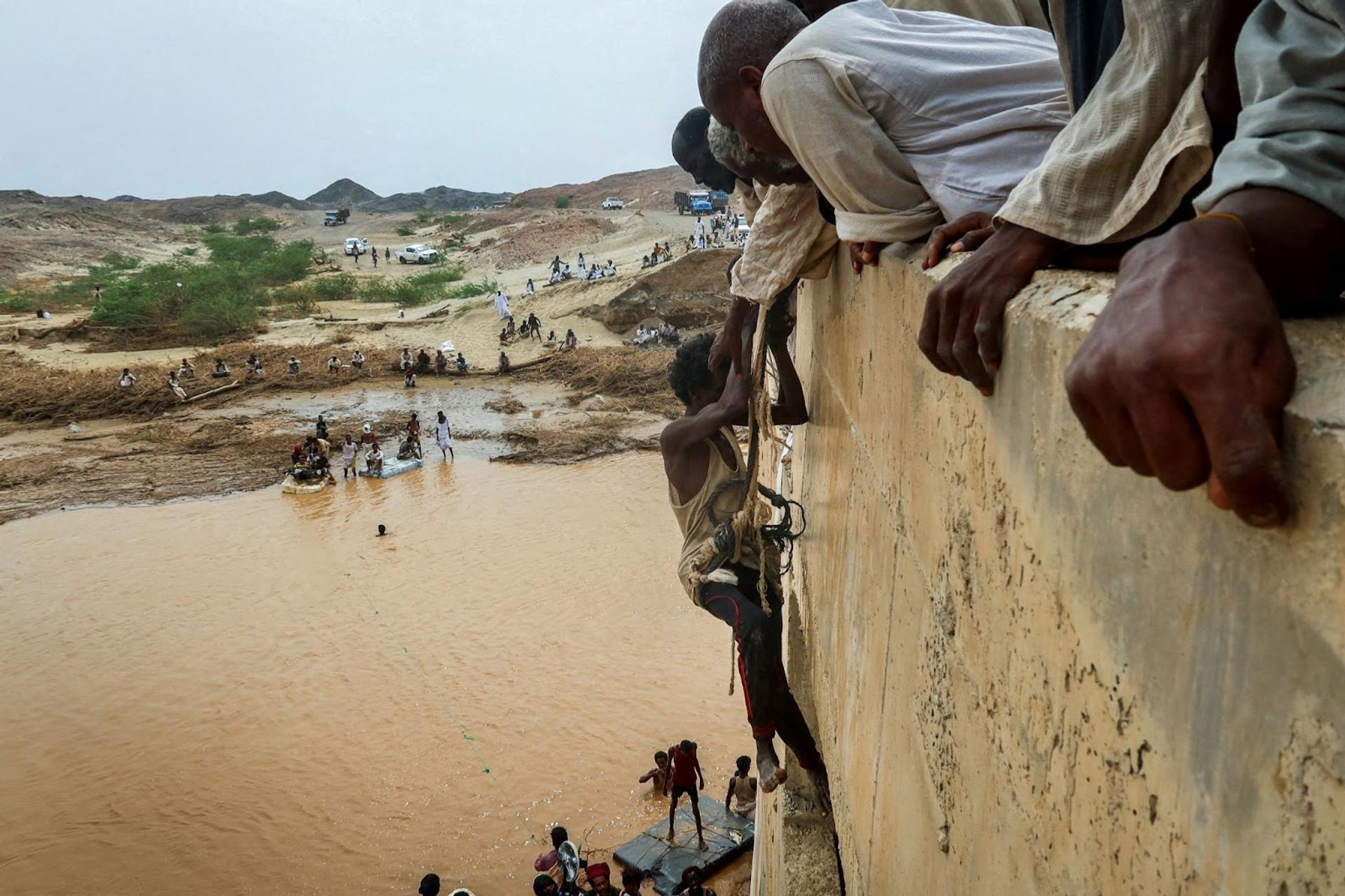
Southern Africa was also hit with the worst drought in a century, impacting more than 27 million people in countries including Lesotho, Malawi, Namibia, Zambia, and Zimbabwe. It wiped out as much as 80% of the harvest in some countries, the World Food Programme said, and caused severe blackouts in countries reliant on hydropower.
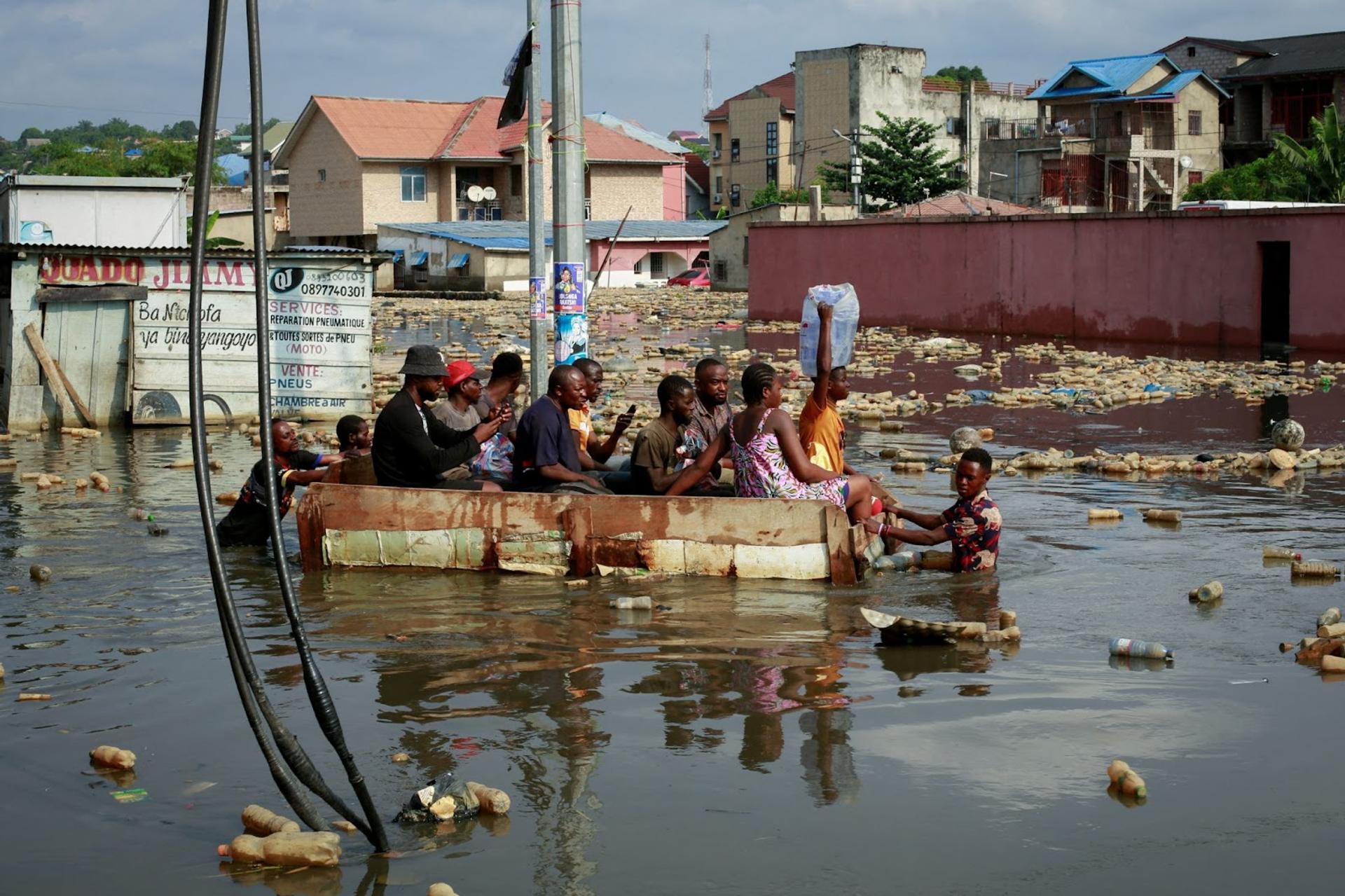
The View From Asia
Summer heat waves reached Asia early in 2024, killing dozens of people in South and Southeast Asia in early May. Schools were closed for weeks in parts of some countries, and many crops dried out.
The extreme heat posed challenges for India’s June elections, killing dozens of ballot workers at outdoor polling stations. Paramedics were stationed at many of New Delhi’s election stations, while mist machines, shaded areas, and cold water dispensers were all installed by the Election Commission due to the extreme temperatures.
Southeast Asia also experienced one of the most destructive storms ever to hit the region, Typhoon Yagi. The storm caused a million people to evacuate in China, upended shipping and manufacturing around the industrial hubs of Guangdong and Hong Kong, and claimed almost 600 lives across the region.
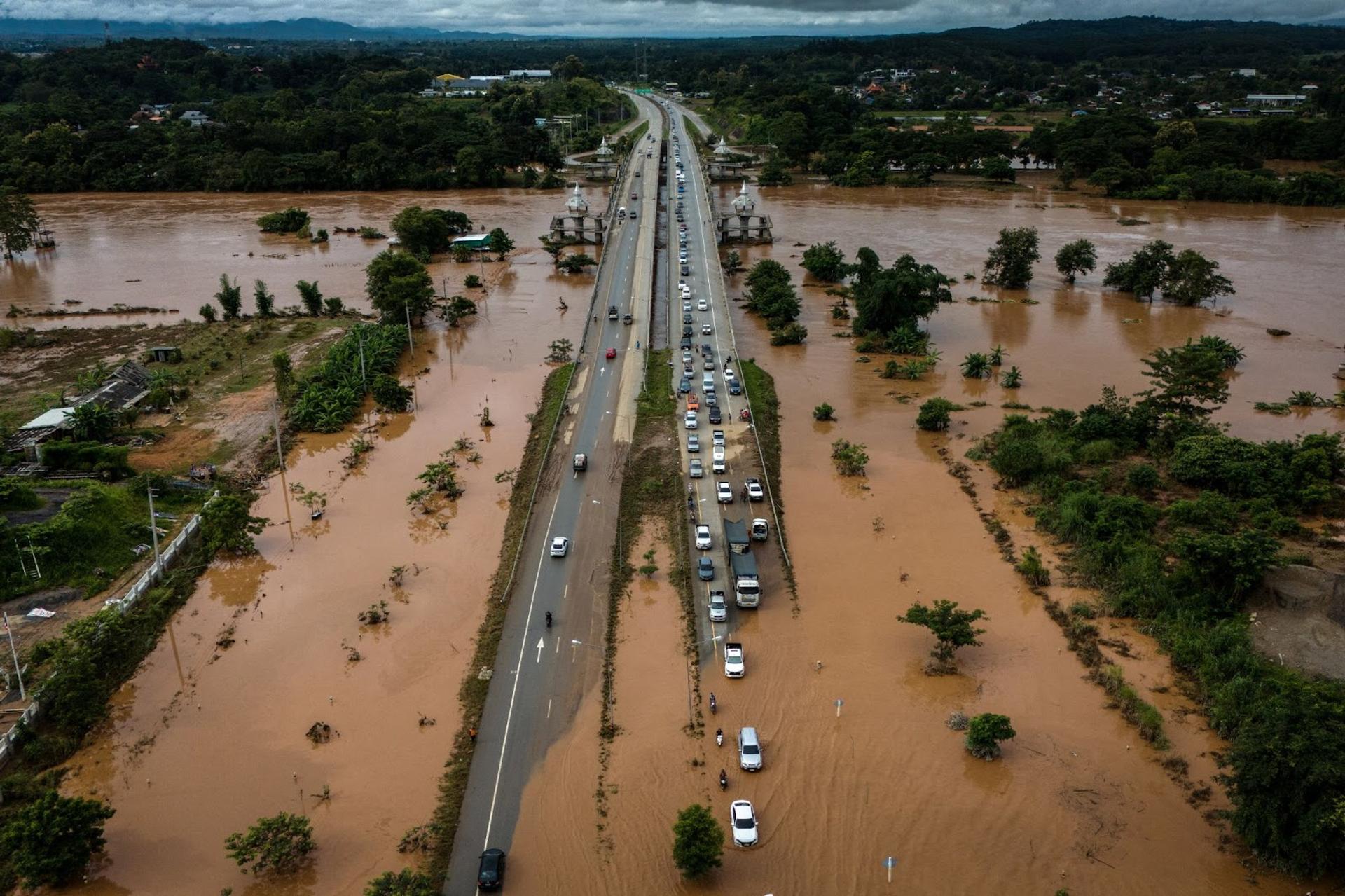
The View From Latin America
Deadly fires raged through Chile in February, killing at least 131 people in what the country’s president called “the biggest tragedy” the country had faced since a 2010 earthquake. Venezuela also suffered record-breaking numbers of wildfires, and the Amazon rainforest experienced its worst fire season in 20 years. The combination of climate change and El Niño created high temperatures and large numbers of tropical storms across the continent, driving widespread fires.
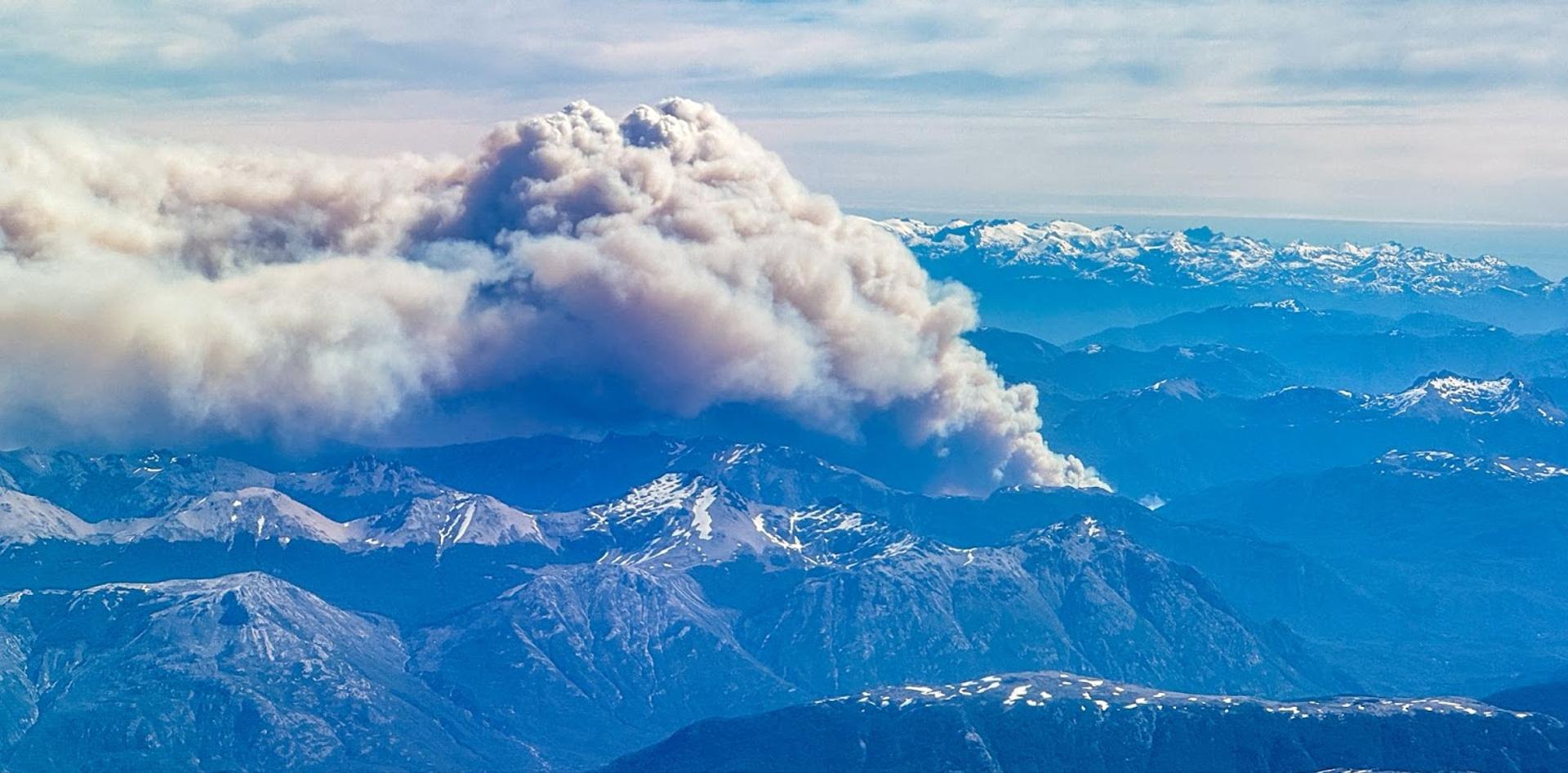
In Brazil, hundreds were killed and nearly half a million people were displaced by flooding in May, and thousands of people remained in humanitarian shelters months later.
